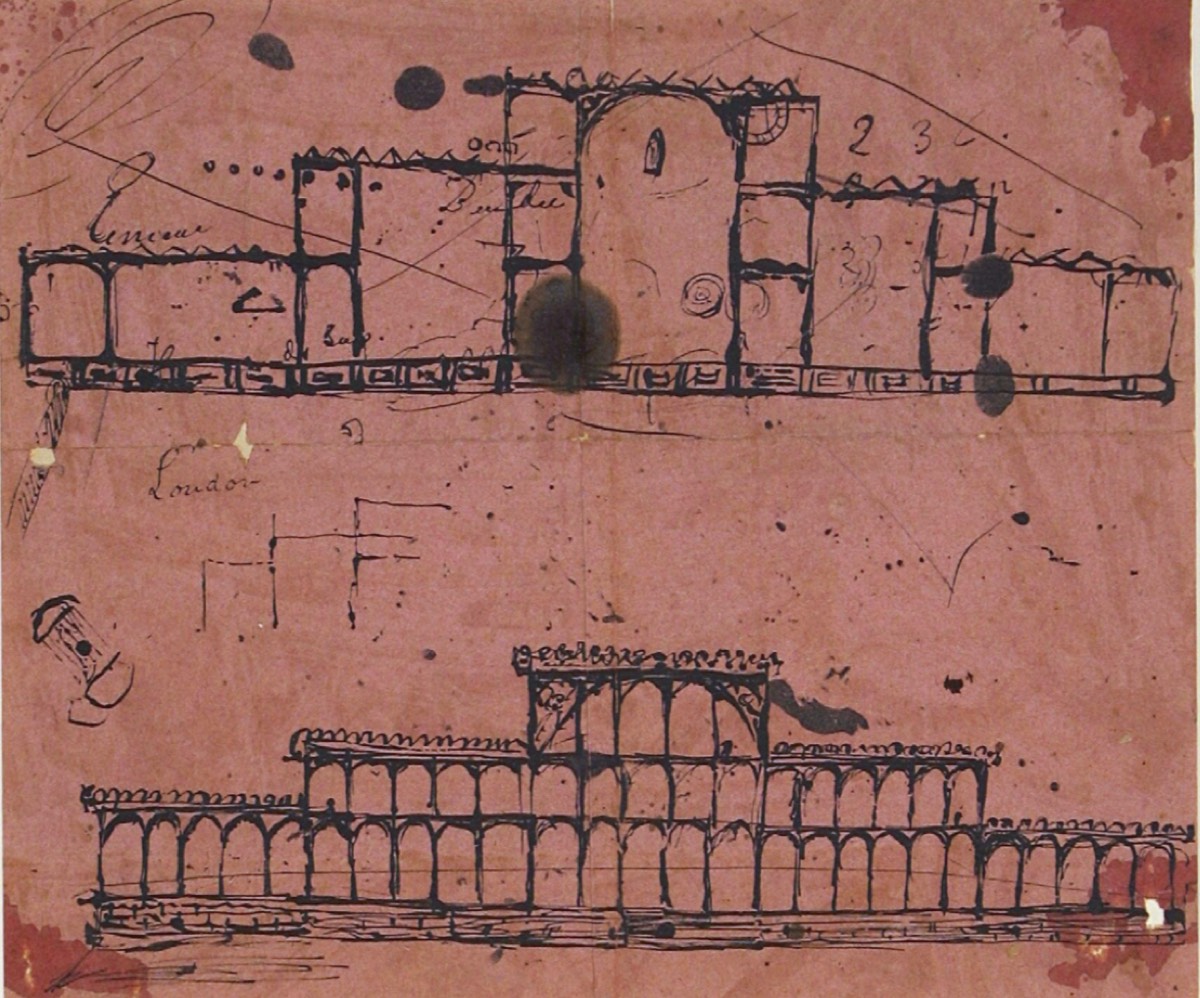

# The Wonder of the Crystal Palace: London’s Landmark Exhibition of 1851
In the summer of 1851, London emerged as the hub of worldwide innovation and industrial strength with the inauguration of the **Great Exhibition of the Works of Industry of All Nations**. This historic occasion, widely known as the **Great Exhibition**, drew more than **6 million attendees**—a remarkable figure for that era. The exhibition highlighted more than **14,000 participants** from across the globe, showcasing the wonders of 19th-century engineering, technology, and artistry. However, the centerpiece of the event was the structure that contained it: the **Crystal Palace**.
## The Crystal Palace: An Engineering Marvel
The **Crystal Palace**, crafted by **Joseph Paxton**, represented an architectural and engineering triumph that epitomized the creativity of the Victorian age. Covering **990,000 square feet** and built from **cast iron** and **plate glass**, the building was a vast, glimmering edifice that rose in **Hyde Park**, London. Its construction was achieved in just **190 days**, a remarkable success given its size and intricacy.
The design of the Crystal Palace was groundbreaking for its period. Paxton envisioned it as a colossal conservatory, consisting of a **multi-dimensional grid** of **24-foot sections**. The framework was supported by **3,300 columns**, each featuring four flange faces drilled to enable bolting to connecting and base pieces. These hollow columns also functioned as **drainage pipes** for rainwater, ingeniously merging style and utility.
The building’s structural integrity was further bolstered through **diagonal bracing** (known as cross bracing), which provided enhanced support. This approach allowed the Crystal Palace to be both lightweight and resilient, a vital characteristic considering the extensive use of glass in its construction.
### The Significance of Standardization
A lesser-known yet critical factor in the construction of the Crystal Palace was the implementation of a **standardized screw thread**. A **recent study** published in the *International Journal for the History of Engineering and Technology* indicated that these standardized threads significantly facilitated the swift assembly of the structure. This innovation had been suggested **a decade prior**, yet it wasn’t officially recognized as the **British standard** until **1905**.
The application of standardized elements permitted faster and more efficient building processes, as components could be produced in various locations and then assembled with ease on-site. This was a pivotal advancement in engineering, laying the foundation for the mass production practices that would become standard in the 20th century.
**John Gardner**, co-author of the study and a researcher at **Anglia Ruskin University (ARU)**, emphasized the significance of this innovation:
> “Throughout the Victorian age, widespread innovation was occurring in workshops all across Britain, contributing to global change. Indeed, progress was so rapid that certain advancements may not have been fully appreciated at the time, as seen with the Crystal Palace. While standardization in engineering is vital and typical in the 21st century, its influence on the construction of the Crystal Palace marked a notable advancement.”
### The Design Contest
The path to the creation of the Crystal Palace commenced with a **design contest** initiated in **March 1850**. Architects and engineers were challenged to propose designs for a building that would host the Great Exhibition. Nevertheless, the competition encountered considerable difficulties, as numerous designs were prohibitively expensive, surpassing the budget of **£100,000**.
It was only when **Joseph Paxton’s** proposal was submitted that a practical solution emerged. Paxton, who had experience in designing large greenhouses and conservatories, offered a design that was both cost-effective and adaptable. His proposal drew inspiration from his background in greenhouse construction, particularly the **Chatsworth House conservatory**, which he had completed in **1840**.
Paxton’s preliminary drawing for the Crystal Palace was famously created on a piece of **blotting paper** during a meeting. This unassuming sketch would ultimately evolve into one of the 19th century’s most renowned buildings.

*Joseph Paxton’s first sketch for the Great Exhibition Building, c. 1850, using pen and ink on blotting paper. (Credit: Victoria and Albert Museum/CC BY-SA 3.0)*
### A Representation of Advancement
The Crystal Palace stood not merely as a structure; it was an emblem of the **Industrial Revolution** and the swift technological progress of the 19th century. The Great Exhibition itself served as a tribute to human accomplishment,